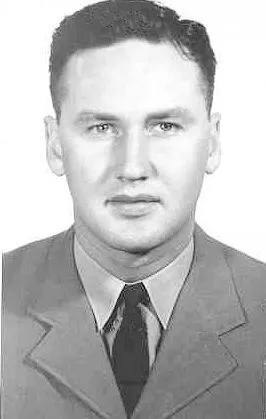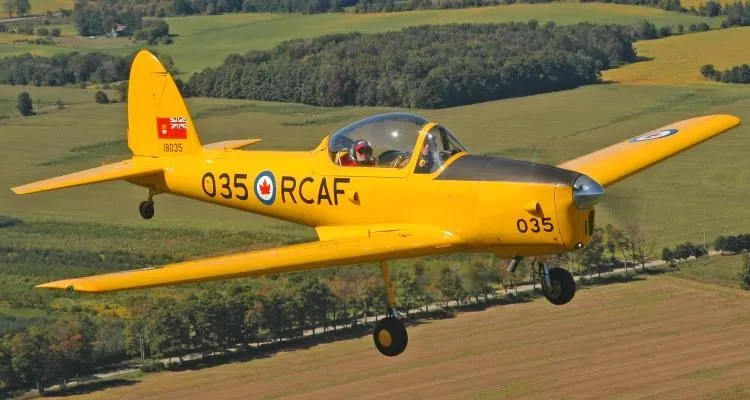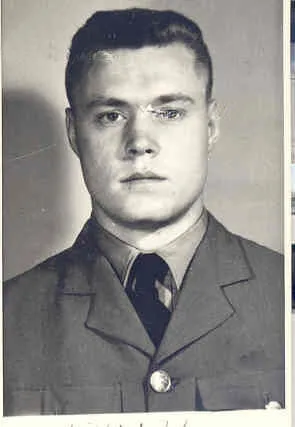Thomson, Allan William
Killed in Flying Accident 1962-04-18


Birth Date: 1936
Born:
Son of William George and Elizabeth Sarah (nee Nelson) of Victoria, British Columbia. Step-brother of George Christie and Nancy Taylor of Victoria, British Columbia.
Home:
Enlistment:
Enlistment Date: Unknown
Service
RCAF
Unit
PFS- Primary Flight School
Base
Rank
Flying Officer
Position
Flying Officer
Service Numbers
227077
Chipmunk 18050
de Havilland Canada Chipmunk

Canadian Warplane Heritage Museum
The de Havilland Canada DHC-1 Chipmunk is a tandem, two-seat, single-engined primary trainer aircraft designed and developed by Canadian aircraft manufacturer de Havilland Canada. It was developed shortly after the Second World War and sold in large numbers during the immediate post-war years, being typically employed as a replacement for the de Havilland Tiger Moth biplane.
The Chipmunk was the first postwar aviation project conducted by de Havilland Canada. It performed its maiden flight on 22 May 1946 and was introduced to operational service that same year. During the late 1940s and 1950s, the Chipmunk was procured in large numbers by military air services such as the Royal Canadian Air Force (RCAF), Royal Air Force (RAF), and several other nations' air forces, where it was often utilised as their standard primary trainer aircraft. The type produced under licence by de Havilland in the United Kingdom, who would produce the vast majority of Chipmunks, as well as by OGMA (Oficinas Gerais de Material Aeronáutico) in Portugal.
The type remained in use as a trainer in the Canadian Forces until the early 1970s, the last example being retired from service by the Canadian Armed Forces in 1972, three years after unification of the Canadian Armed Forces.Wikipedia
 Royal Oak Burial Park, Victoria, British Columbia, Canada
Royal Oak Burial Park, Victoria, British Columbia, Canada Canadian Virtual War Memorial
Canadian Virtual War Memorial
 Chipmunk Trainer
Chipmunk Trainer Wikipedia Chipmunk Trainer
Wikipedia Chipmunk Trainer Harold A Skaarup Web Page
Harold A Skaarup Web Page